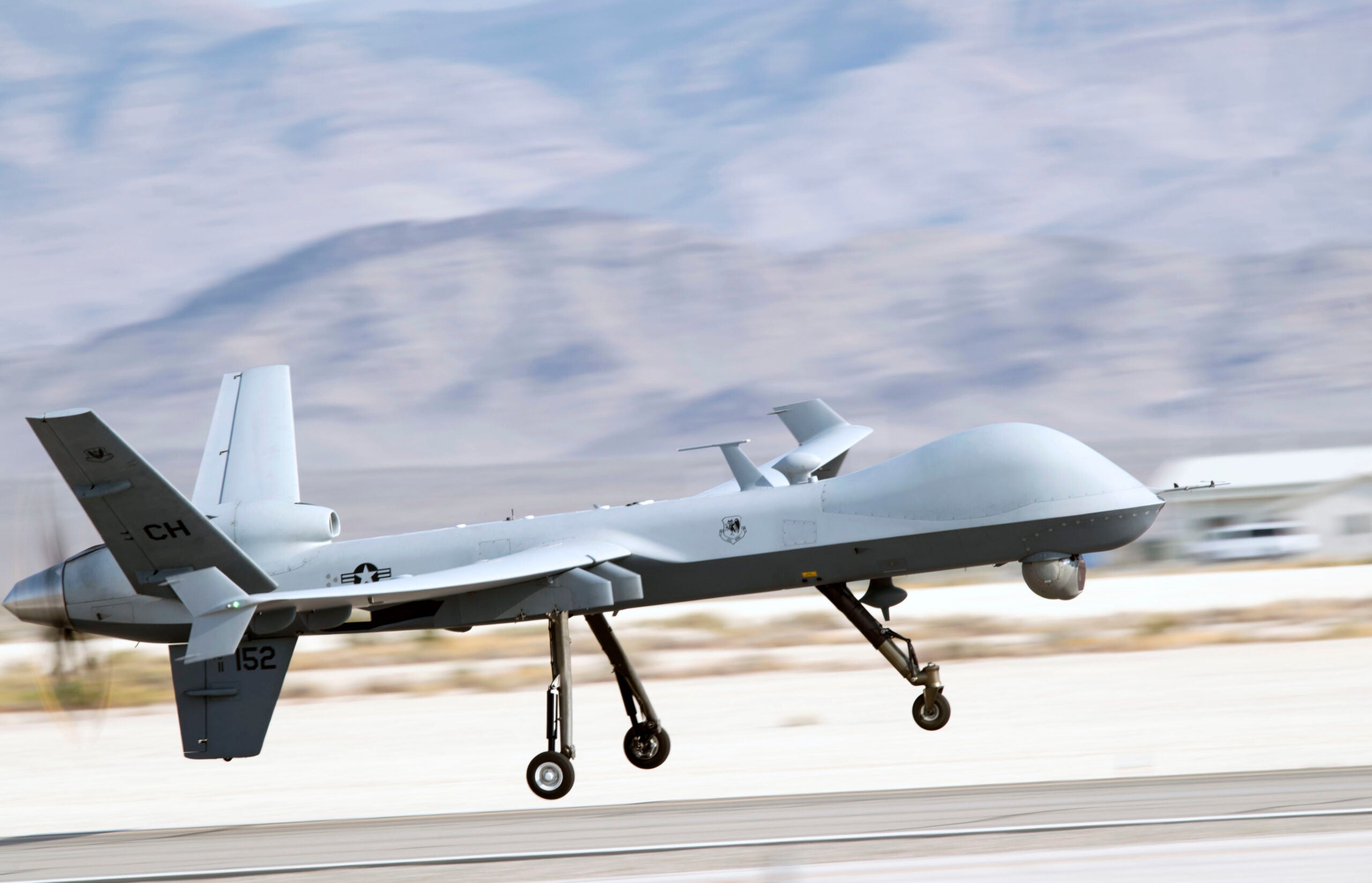
The New York Air National Guard’s 174th Attack Wing has successfully tested the new remote landing and take-off capability of the MQ-9 Reaper uncrewed aircraft system (UAS).
During the test conducted on 5 May, the 174th flew MQ-9 UAS from Hancock Field International Airport in Syracuse to Griffiss International Airport in Rome, New York, without any ground logistics support.
It marks the MQ-9’s first flight from a commercial airport, Hancock Field International Airport in Syracuse to the other airport in Rome.
174th Attack Wing commander colonel William J McCrink said: “I firmly believe this is going to be the way of the future.
“We look forward to the agility this gives us; then we can dynamically employ this platform.”
Earlier, MQ-9 required line-of-sight guidance from a ground-based control station to take-off and land, due to which the UAS could not operate from many places.
According to McCrink, the new system will use a smaller crew to work on the aircraft and ease the MQ-9 launch and recovery process, as it will require only a few airmen for refuelling, powering and other maintenance activities.
MQ-9’s new capability is an initiative by the US Air Force’s (USAF) Agile Combat Employment, which is designed to increase the flexibility of the USAF by operating from more locations worldwide.
Furthermore, the automatic capability will also allow the 174th Attack Wing to use MQ-9 UAS for supporting various civilian missions including search and rescue missions and monitoring wildfires.
The MQ-9 Reaper UAS is a multi-mission remotely piloted aircraft capable of conducting missions such as search and rescue, reconnaissance, surveillance missions, precision strike, and close air support missions.



